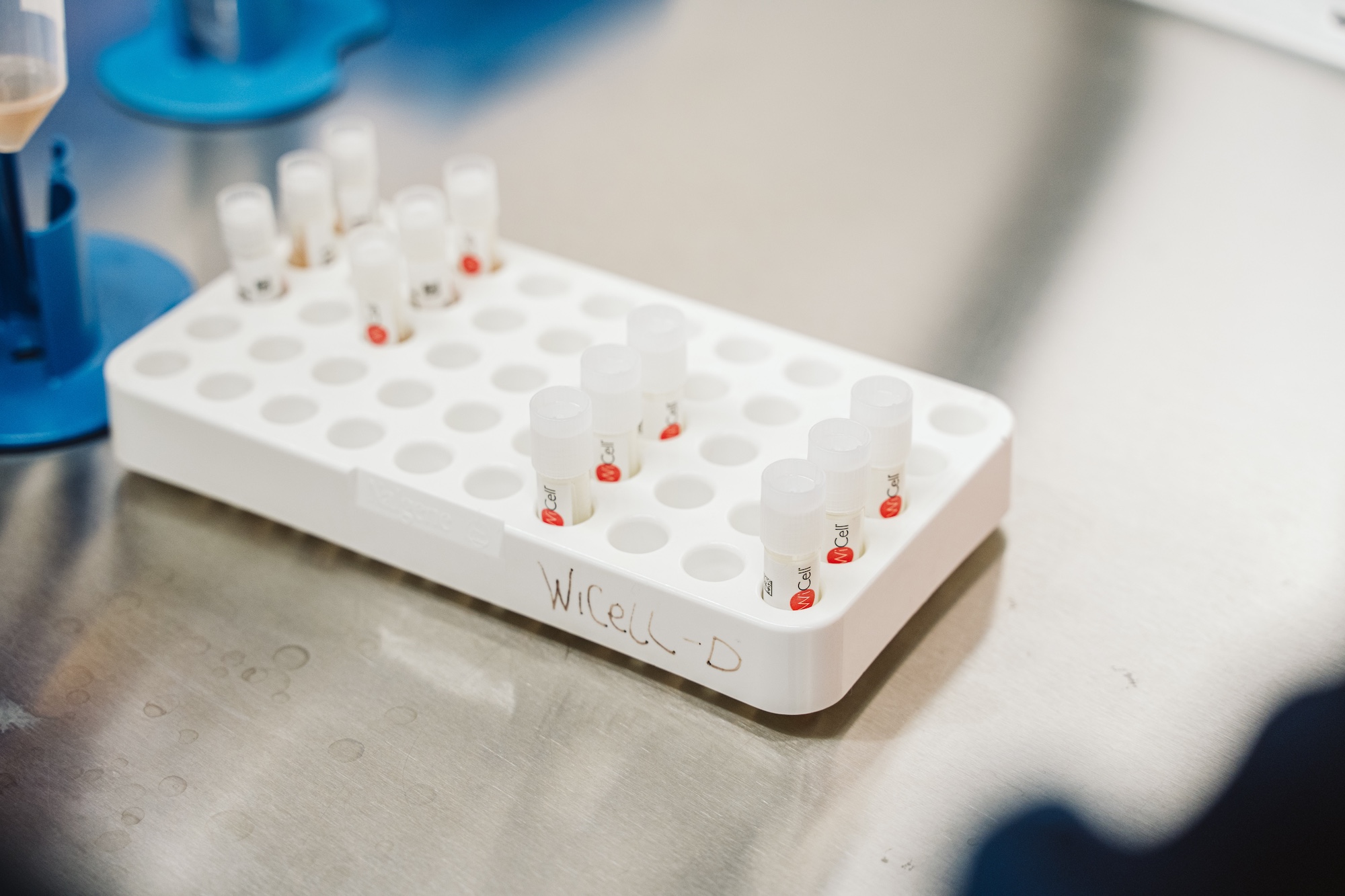WiCell has grouped some cell lines into “Collections” to offer researchers another way to identify cell lines of interest. A detailed description of each collection is available by clicking on the links below.
Attribute Collections
These collections are comprised of cell lines with a common characteristic, such as approval by a particular regulatory body (e.g. “NIH Approved”).
Cohort Studies Collections
These collections are comprised of cell lines used in various research studies regarding topics such as investigating the causes of disease or establishing links between risk factors and health outcomes.
- Framingham Heart Study (FHS) Collection
- GENESIS Project Collection
- GeneSTAR Study Collection
- HyperGEN Study Collection
- Progenitor Cell Biology Consortium (PCBC) Collection
- Wellderly Study Collection
Disease Model Collections
These collections are intended to display a set of disease model cell lines together that were created and/or utilized for a particular study/publication. Each collection is highly specific, and is comprised of cell lines with differing compositions of affected status (affected, carrier, control, etc.).
- Allen Institute Stem Cell Collection for Early Human Brain Development
- Alexander disease Collection
- Amyotrophic lateral sclerosis Collection
- Alzheimer’s disease Collection
- Charcot-Marie-Tooth disease Collection
- Down syndrome (Bhattacharyya) Collection
- Down syndrome (Russell) Collection
- Dysferlin-Deficient Collection
- Fragile X syndrome Collection
- PACS1 (Schuurs-Hoeijmakers) syndrome Collection
- Spinal Muscular Atrophy Collection
- X-linked Dystonia Parkinsonism Collection
NHLBI Next Generation Genetic Association Studies (Next Gen) Collection
These cell lines were created as Next Generation Genetic Association Studies (Next Gen) Program, which was a five-year, $80 million program to investigate functional genetic variation in humans by assessing cellular profiles that are surrogates for disease phenotypes. To achieve this, researchers from multiple institutions across the U.S. were awarded grants to derive iPS cell lines from more than 1,500 individuals representing various conditions as well as healthy controls for use in functional genomic (‘disease in a dish’) research. This extensive panel includes a diverse set of age, gender and ethnic backgrounds, and therefore will be an invaluable tool for evaluations across demographics. Further enhancing the utility of these cell lines are data sets such as phenotyping, GWAS, genome sequencing, gene expression and -omics analyses (e.g., lipidomic, proteomic, methylomic) that will be made available with the cell lines.
- Coronary artery disease and myocardial infarction (Dr. Eric Topol, Scripps Research Institute)
- Framingham Heart Study (Dr. Chad Cowan, Harvard Stem Cell Institute)
- Insulin resistance syndrome (Dr. Thomas Quertermous, Stanford University)
- Left ventricular hypertrophy (Dr. Ulrich Broeckel, Medical College of Wisconsin)
- Lipid Conditions (Dr. Daniel Rader, University of Pennsylvania)
- Platelet Aggregation (Dr. Lewis Becker, The Johns Hopkins University)
- Pulmonary Artery Hypertension (Dr. Marlene Rabinovitch, Stanford University)
- QT Interval and ECG Cardiac Traits (Dr. Kelly Frazer, University of California San Diego)
- Sickle Cell Anemia (Dr. Steinberg, Dr. Mostoslavsky, Dr. Murphy, Boston University and Boston Medical Center’s Center for Regenerative Medicine)
The Michael J. Fox Foundation for Parkinson’s Research Collection
Parkinson’s disease (PD) affects nearly 1 million people in the United States and more than 6 million people worldwide. The Michael J. Fox Foundation for Parkinson’s Research (MJFF) is dedicated to finding a cure and accelerating the next generation of PD treatments.
The MJFF Collection contains human stem cell lines deposited by research investigators through the MJFF Sponsored Tools Program. These well-characterized, disease-relevant collections enable researchers to investigate disease mechanisms, validate therapeutic targets, and advance the development of new treatments.
